In a world where personal expression meets interior design,eclectic room designs stand as a vibrant testament to individuality and creativity.Imagine a space that is not merely a backdrop for daily life but a curated reflection of your journey, interests, and passions. This article delves into the art of eclectic interiors, inviting you to step beyond conventional boundaries and explore a tapestry of textures, colors, and styles that resonate with your unique aesthetic. From vintage treasures to contemporary accents, we’ll guide you through the principles of blending diverse elements seamlessly, inspiring you to transform any room into a distinctive haven that tells your story. Whether you’re a seasoned designer or a curious beginner, discover how to unleash your unique style through the magic of eclectic design.
Embracing Bold Colors for a Vibrant Eclectic Atmosphere

Injecting bold colors into your eclectic space is like adding vibrant brush strokes to a canvas; it instantly energizes and defines. rich jewel tones such as emerald greens, deep blues, and fiery oranges can create striking focal points when used on walls, furniture, or accessories. These hues work magnificently with contrasting patterns and textures, making your room feel layered and inviting. Consider incorporating vintage finds,like a colorful rug or an eye-catching piece of art,to enrich your space further while keeping it anchored in individuality.
To ensure a harmonious blend of colors,consider the 60-30-10 rule in your color scheme: 60% should be a dominant color,30% a secondary hue,and 10% an accent shade. A well-thought-out balance allows bold shades to shine without overwhelming the senses. Incorporate colorful throw pillows, vibrant curtains, or unique wall art that draws the eye. Creating a dynamic atmosphere filled with personality can also be achieved through the strategic placement of decorative plants, illuminating lamps, and statement furniture pieces that evoke conversation and curiosity.
Mixing Patterns: The Art of Layering Textiles in Design

Combining different patterns can be a bold but rewarding approach that adds depth and personality to your interiors. To successfully layer textiles,one must consider scale and color to create a harmonious blend. Start by selecting a few key patterns that speak to each other—perhaps a large floral print, a geometric design, and a solid that echoes one of the colors in the prints. Utilize the following tips to enhance your design:
- Start with a base: Choose a neutral backdrop to allow your eclectic patterns to shine.
- Mix Scales: Balance larger patterns with smaller ones to create visual interest without overwhelming the space.
- Color Cohesion: stick to a selected color palette to unify the different textiles.
When arranging these textiles, think of them as overlapping layers that can create a cohesive story within the space. Consider using a variety of materials such as cotton, linen, and velvet to bring in different textures that complement your chosen patterns. below is a quick reference table showcasing different textile pairings to inspire your layering:
| Pattern Type | Best Pairing |
|---|---|
| Floral | Stripes |
| Polka Dots | Plaid |
| Geometric | Solid Color |
By embracing these techniques, you can explore the art of mixing patterns, resulting in a vibrant yet balanced habitat that truly reflects your personality. The key lies in experimenting and trusting your instincts as you curate your unique textile story.
Furniture Fusion: Blending Vintage and Modern Pieces Together
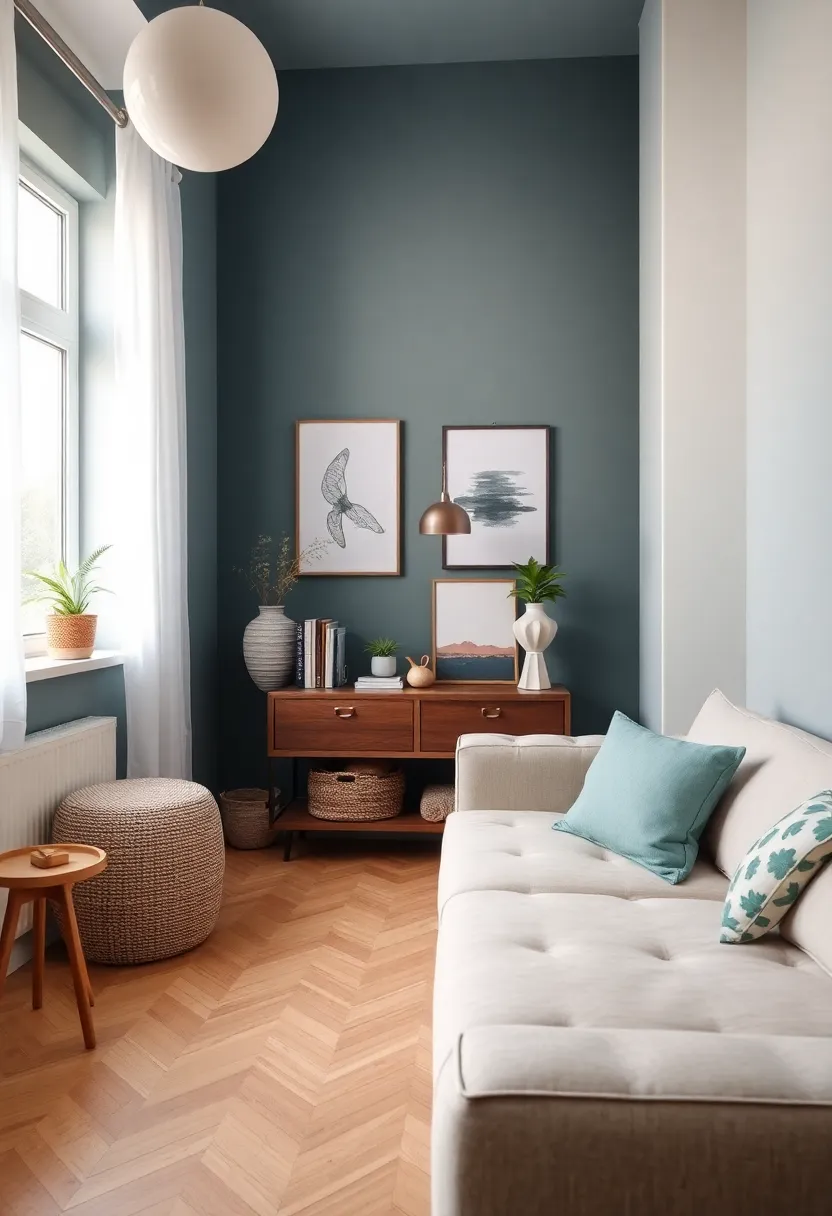
Embracing an eclectic style invites a dynamic interplay of eras and trends, resulting in captivating interiors that reflect personal taste. By merging vintage and modern furniture, you can create spaces that tell a story while offering functionality.Consider introducing statement pieces such as a mid-century modern sofa paired with a vintage industrial coffee table. This contrast not only highlights the unique charm of each piece but also creates a visual dialog that draws the eye and ignites conversation.
To achieve harmony in your design, it’s essential to maintain a balanced color palette and coordinated textures. Here are a few tips for seamless integration:
- Color Coordination: Choose a common color scheme to tie different styles together.
- Layering Textures: Combine materials such as leather, wood, and metal to enhance visual interest.
- Accent Pieces: Add modern art or textiles to bridge the gap between old and new.
| Vintage piece | Modern counterpart |
|---|---|
| Antique Side Table | Contemporary Lounge Chair |
| Classic chest of Drawers | Sleek Storage Unit |
| Retro Wall Clock | Minimalist Framed Artwork |
Cultivating an Eclectic Gallery Wall that Tells Your Story
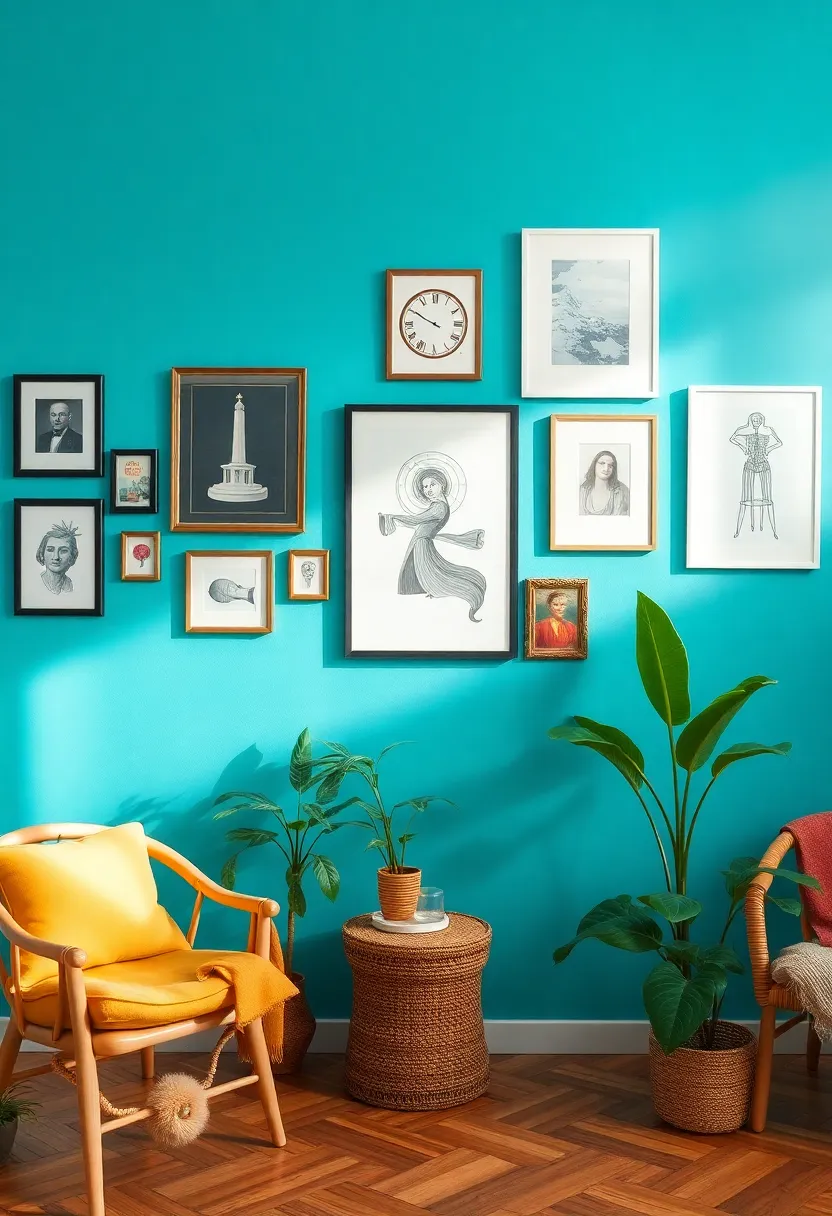
Your gallery wall is more than just a collection of art; it’s a canvas that reflects your journey, interests, and personality. To craft a truly unique display, start by curating pieces that resonate deeply with you. Consider integrating a variety of objects such as:
- Personal photographs that capture memorable moments.
- Travel souvenirs like postcards or ticket stubs.
- Art prints or paintings from local artists that inspire you.
- Textiles such as fabric swatches or tapestries that add texture.
When arranging your selections, don’t shy away from mixing different styles and sizes to create visual interest. Think about utilizing the following techniques:
- Asymmetrical balance to evoke a modern feel.
- Color themes to create harmony within the eclecticism.
- Layering to bring depth and complexity to your wall.
| Element | purpose |
|---|---|
| Frames | To unify disparate pieces. |
| Lighting | To highlight key artworks. |
| wall color | To set the mood and frame your story. |
Statement Lighting: Illuminating Your Space with Artistic Fixtures
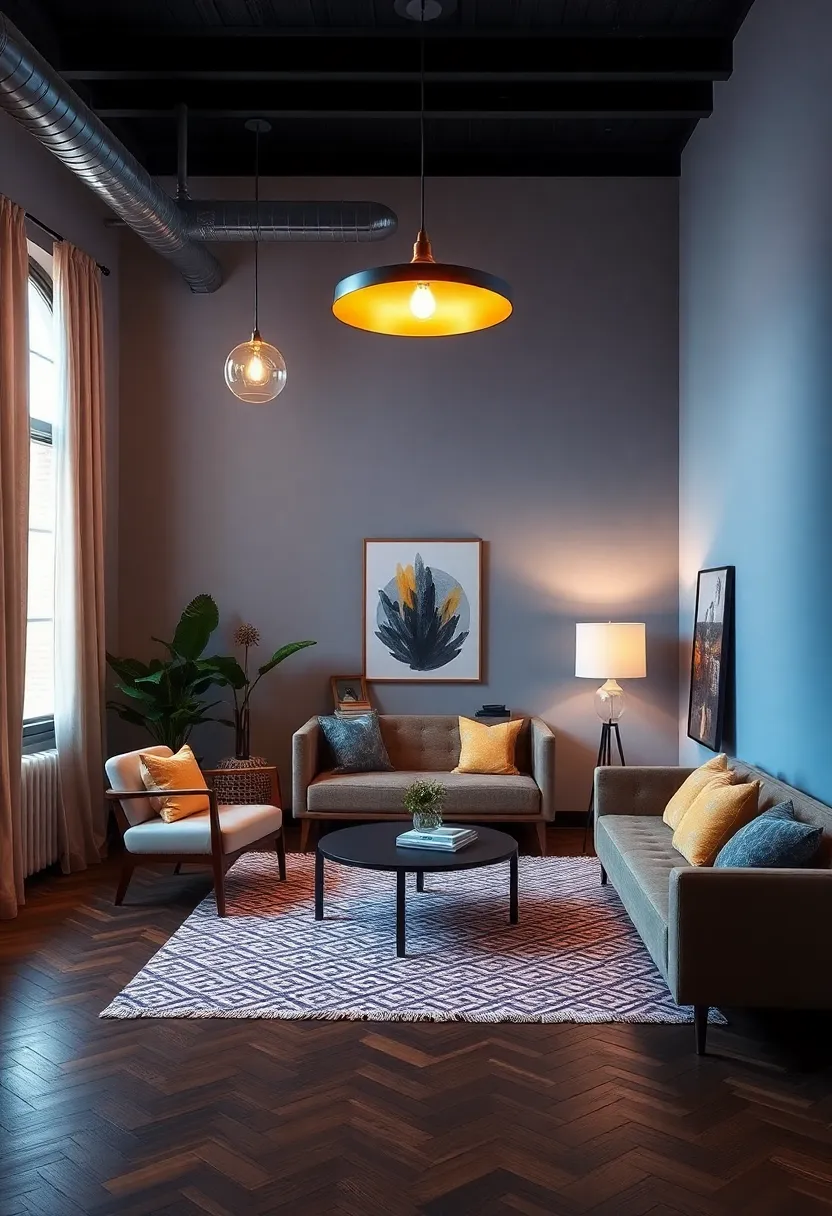
Transforming your space with remarkable fixtures can create a stunning focal point that draws the eye and sparks conversation. Statement lighting is more than just a means to an end; it embodies the personality of your room while adding layers of depth and dimension. Consider these unique styles of artistic fixtures that can elevate your interiors:
- Chandeliers: A modern twist on a classic, these can range from intricate vintage designs to sleek, minimalist creations.
- Pendant Lights: Perfect for creating ambiance over dining tables or kitchen islands, they can add a splash of color or texture.
- sculptural Lamps: Consider pieces that look like art themselves, integrating beauty and function.
- Wall Sconces: Ideal for narrow spaces, they can serve as both accent lighting and decorative elements.
When selecting fixtures, think about how they complement your eclectic style. Mixing metals, shapes, and colors can enhance the unique character of your space. Here’s a quick reference for determining the right fixtures based on room type:
| Room Type | Recommended Fixture Style |
|---|---|
| Living Room | Statement chandelier or oversized floor lamp |
| Bedroom | Soft-glow bedside lamps or artistic sconces |
| Dining Area | Bold pendant lights or a dramatic ceiling fixture |
| Office | Stylish desk lamp with adjustable arms |
Layering Textures: Elevating depth and Dimension in Interiors
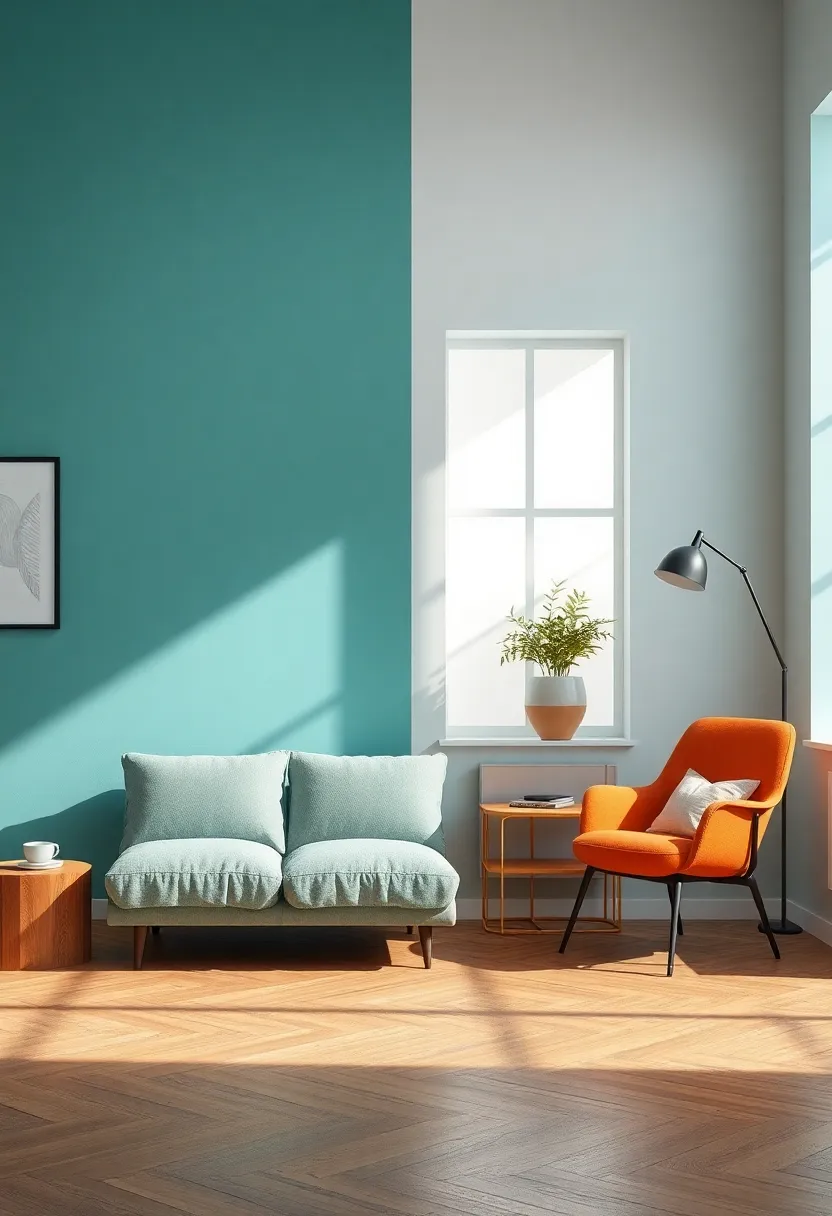
Embracing an assortment of textures can transform a flat space into a rich tapestry of visual interest. By combining various materials such as woven fabrics, smooth metals, and distressed wood, you can create a dynamic environment that invites touch and exploration. Consider layering items like a plush velvet sofa against a backdrop of textured wallpaper,or complementing sleek,modern furniture with rustic accessories. This juxtaposition not only enhances the aesthetic appeal but also establishes a unique narrative throughout the room.
To effectively curate a multi-dimensional look, think about introducing elements that play with contrast and balance. Here are some suggestions to help you along the way:
- Textiles: Incorporate different types of fabrics such as leather, cotton, and silk to create a tactile experience.
- Colors: Choose a cohesive color palette that allows textures to shine while maintaining harmony.
- Lighting: Utilize varied light sources, like lamps and chandeliers, to cast shadows and highlight surface details.
- Natural elements: Blend organic materials, such as stone or plants, for an earthy, inviting ambiance.
Experimenting with these combinations can result in an eclectic space that reflects your personality. The magic lies in the balance—ensuring both cohesive and contrasting elements coexist harmoniously. Below is a quick reference on popular texture pairings:
| Texture Pairing | Effect |
|---|---|
| Velvet & Metal | Luxurious and modern vibe |
| Wood & Glass | Warm and inviting atmosphere |
| Leather & Soft Fabrics | Comfortably chic design |
| Concrete & Natural Textiles | Industrial yet cozy feel |
Creating Focal Points that Captivate and Inspire
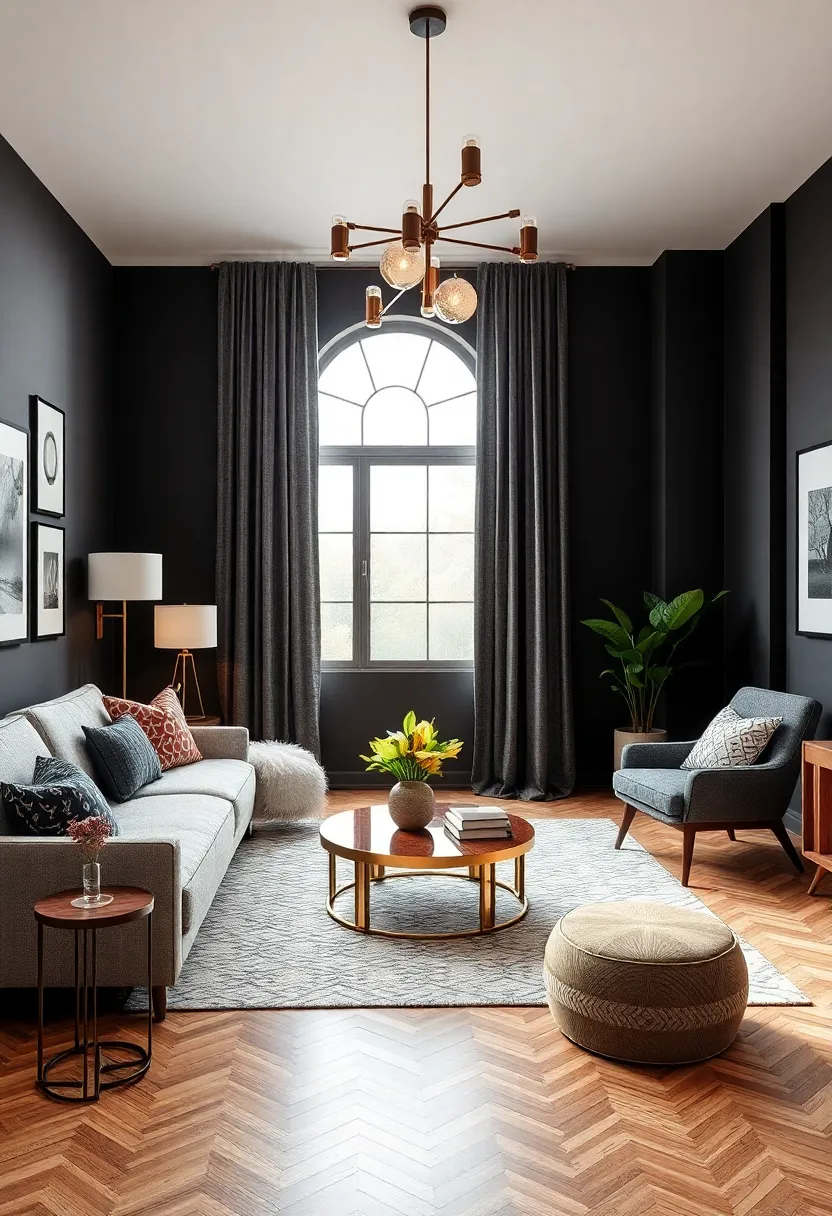
In the realm of eclectic room designs, creating captivating focal points is essential for transforming a mere space into a dynamic narrative of your personal style. Consider incorporating bold art pieces or an eye-catching sculpture that serves as the centerpiece of the room. These elements not only draw the eye but also spark conversation and inspire curiosity. To enhance the effect, surround these focal objects with complementary textures and colors that resonate with your overall theme, ensuring a harmonious balance. the key is to let these focal points tell your story,reflecting your unique tastes and experiences.
Further enrich your space by playing with various materials and patterns to weave an intricate tapestry that invites exploration. Try blending finishes like rustic wood with modern metal, or mixing eclectic fabrics such as velvet and linen to create depth and warmth. When designing, consider these elements:
- Layering Textures: Combine soft cushions, woven rugs, and sleek furniture.
- Color Cohesion: use a unifying color palette to tie disparate pieces together.
- Natural Elements: Introduce plants for a touch of greenery and freshness.
Experimenting with spatial arrangements can also yield surprising results. Creating zones within a single room by defining areas for relaxation, creativity, and socialization can add to the overall allure.
Unconventional Use of Space: Designing Nooks and Crannies
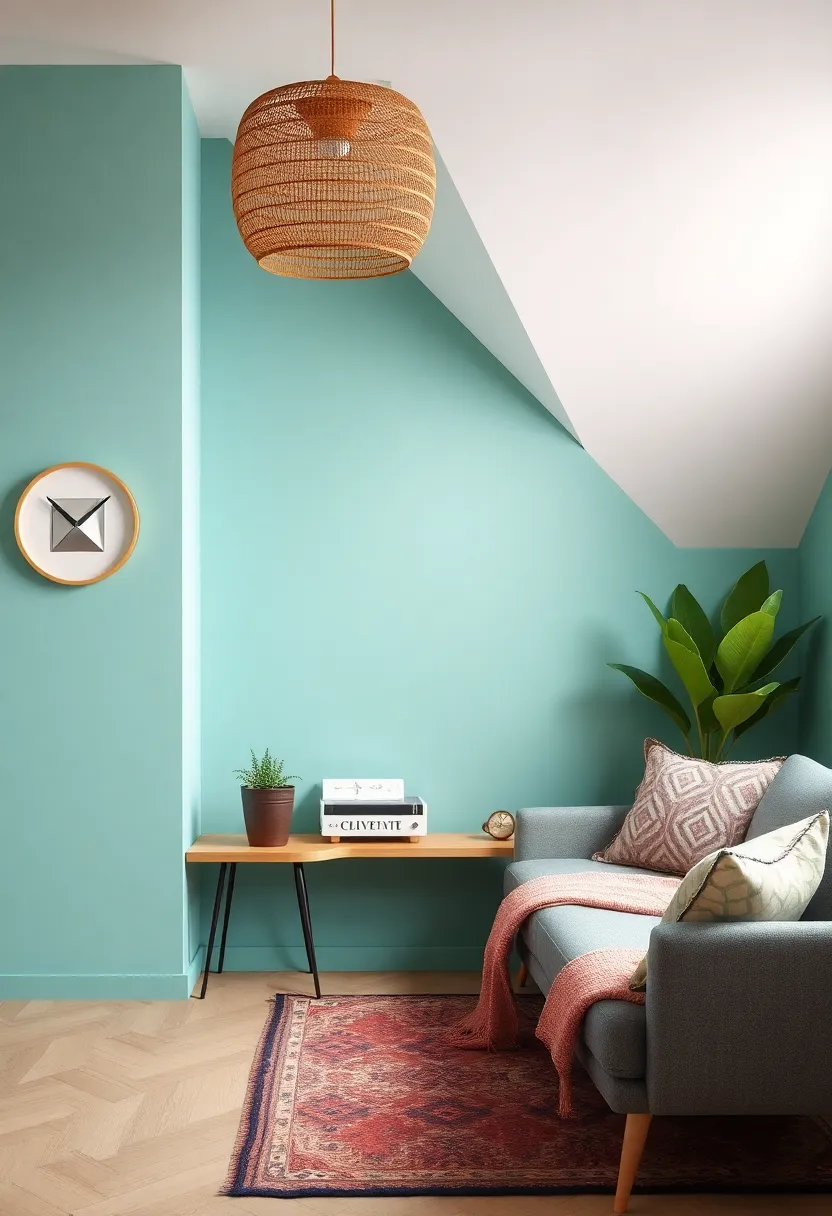
In every home, there exists a hidden potential which often goes unnoticed—the nooks and crannies waiting to be transformed into something extraordinary. These small,frequently enough neglected areas can provide a canvas for bold creativity. Consider book nooks nestled between bookshelves,transformed by vibrant paint and quirky decor,or cozy reading corners tucked under staircases,complete with plush cushions and soft lighting. here are some ideas to spark your imagination:
- Hidden bar cabinets in unused corner spaces,perfect for intimate gatherings.
- Pet retreats created under kitchen islands, providing a safe haven for your furry friends.
- Art display areas on stair landings, showcasing rotating exhibits of your favorite pieces.
Maximizing these unconventional spaces often involves a blend of functionality and aesthetics. A mini home office can thrive in an unused alcove, complete with stylish storage solutions and character-infused decorations. Alternatively, a green nook could bring life to the room with hanging plants or a vertical garden, adding both a splash of color and a sense of tranquility. To help guide your creative journey, consider this table for innovative arrangements:
| Space Type | Function | Design Tip |
|---|---|---|
| Corner Shelves | Storage and Display | Use unique shapes to create visual interest. |
| Under-Window Seat | Relaxation Spot | Add cushions for comfort and storage below. |
| Wall-Mounted Desk | Workspace | Incorporate hidden storage for supplies. |
Personalized Accessories: curating Unique Collections for Charm
Infusing your space with personalized accessories allows you to craft a narrative that reflects your journey and passions. Each item becomes a story waiting to be told, whether it’s a handcrafted ceramic bowl from a local artist or a vintage clock that belonged to a cherished grandparent. To curate an eclectic feel, consider incorporating a variety of materials, such as:
- Textiles: Colorful cushions and throws that invite comfort.
- Art: Unique pieces from local galleries that inspire conversation.
- Lighting: Whimsical lamps that evoke a sense of curiosity.
Creating a unique collection involves thoughtfully combining these accessories to form a cohesive design. A well-placed table centerpiece can act as a focal point in the room.For more organized chaos, utilize shelves or display boxes to showcase various items without overwhelming the senses. This allows visitors to glean insights into your personal style and influences. As you explore potential arrangements, consider the following table to help balance your selection:
| Accessory Type | Ideal Material | Visual Impact |
|---|---|---|
| Cushions | Cotton, Silk | Soft and inviting |
| Wall Art | Canvas, Wood | Bold statement |
| vases | Glass, Ceramic | Elegant accent |
integrating Nature: Bringing the Outdoors Inside for Serenity
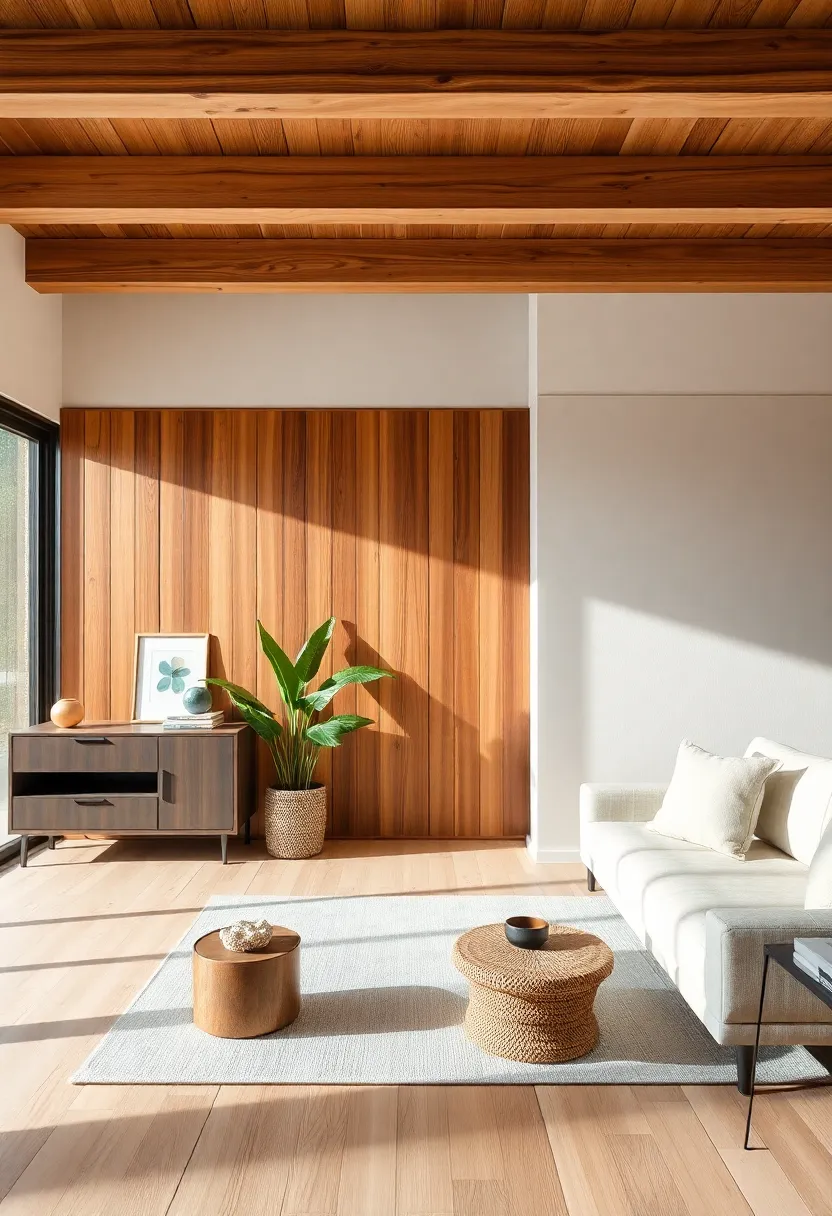
Infusing nature into your living space can create a serene and invigorating atmosphere, transforming your home into a peaceful sanctuary. By incorporating elements such as indoor plants, natural materials, and organic shapes, you can blur the lines between the indoors and outdoors. Consider adding a variety of greens like ferns,succulents,or large potted plants,which not only purify the air but also bring vitality and color into your space. Using materials such as wood, stone, or bamboo for furniture and decor enhances this connection while contributing warmth and texture.
Lighting is another essential aspect of integrating the outdoors into your interiors. Natural light can dramatically affect the ambiance, so maximizing window space or using sheer curtains to diffuse sunlight can be beneficial. Additionally, incorporating design elements that reflect outdoor structures can add a unique flair. Some ideas to consider include:
- Wooden accents: Use reclaimed wood for shelves or wall decor.
- Water features: A small indoor fountain can evoke tranquility.
- Artwork inspired by nature: Choose pieces that depict landscapes or botanical themes.
To visualize a harmonious integration of outdoor elements, take a look at the following ideas:
| Element | Examples |
|---|---|
| Plants | Snake plants, pothos, peace lilies |
| Materials | Cork flooring, rattan furniture, jute rugs |
| Colors | Earth tones, greens, soft blues |
Cultural Inspirations: Infusing Global Elements into Your Décor
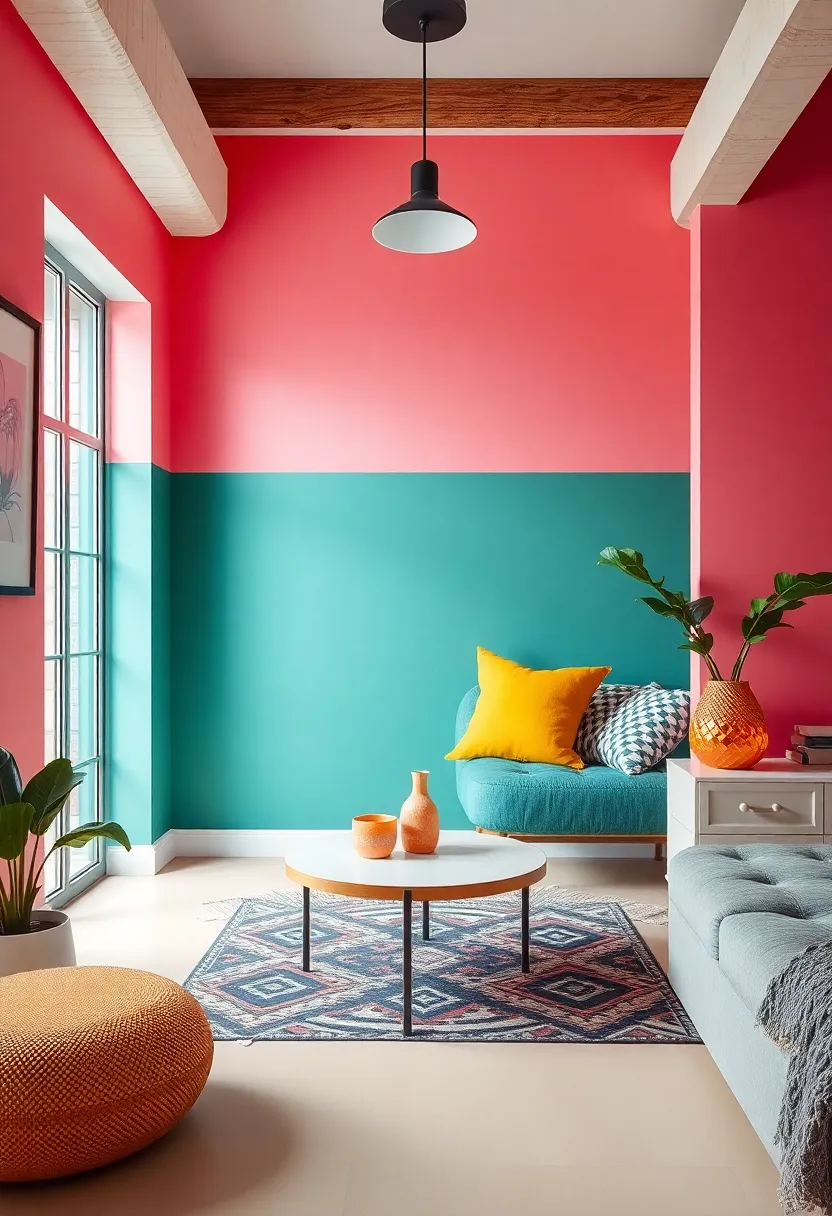
Incorporating elements from various cultures into your interior design can evoke a spirit of adventure and appreciation for the diversity of the world. Consider textiles, artifacts, and color palettes from different regions to create a harmonious blend that tells a compelling story.For instance, use vibrant Moroccan rugs to add warmth and texture, or display Japanese ceramics for a touch of elegance and simplicity. A well-curated collection of global-inspired pieces, such as terracotta pots from Mexico or handwoven baskets from Africa, can serve as conversation starters and focal points in your eclectic space.
Here is a simple table showcasing some popular cultural elements you can introduce to your decor:
| Element | Culture | Details |
|---|---|---|
| Textiles | Indian | Vibrantly colored throw pillows or blankets. |
| Artwork | Mexican | Bright murals or pottery bearing indigenous designs. |
| Ceramics | Chinese | Porcelain vases that add a classic touch to your shelves. |
| Furniture | Scandinavian | Sleek, minimalistic pieces that embody functionality. |
By thoughtfully selecting and arranging these elements, you can create a serene atmosphere that celebrates the blend of cultures while maintaining a cohesive aesthetic. embrace the uniqueness of each item and allow its history and origin to enrich your living space. Remember that the key to successful eclectic design is balance—ensure that each piece complements rather than overwhelms the overall look, thereby creating a sanctuary that reflects your personal journey through global inspirations.
Eclectic furniture Arrangements that Encourage Conversation

Creating spaces that foster dialogue and interaction is an art that blends style and functionality. Eclectic furniture arrangements can transform a room into an inviting haven where ideas flow freely. Consider varying heights and shapes to stimulate conversation; as an example, pairing a bold, oversized armchair with delicate mid-century stools can create an intriguing balance. Mix and match items from different eras and cultures – a vintage Moroccan pouf, a sleek Scandinavian side table, and a contemporary abstract rug can all coexist beautifully, encouraging people to gather and chat.
To boost the interactive vibe of your space, think about the layout. Circular seating configurations or grouped pieces create a more intimate atmosphere. Using a coffee table as a centerpiece can further enhance this setup. Here’s a tip: ensure that items like books, games, or decorative objects are within reach on the table, inviting guests to engage with their surroundings. To illustrate different styles, here’s a simple table showcasing ideas for furniture pieces that harmonize while sparking conversations:
| Style | Furniture Piece | Purpose |
|---|---|---|
| Bohemian | Woven floor cushions | Encourages lounging |
| Industrial | Metal stools | Provides casual seating |
| Rustic | Reclaimed wood coffee table | Invites gathering |
Creating Atmospheres with Aromatic Elements for a Unique Feel
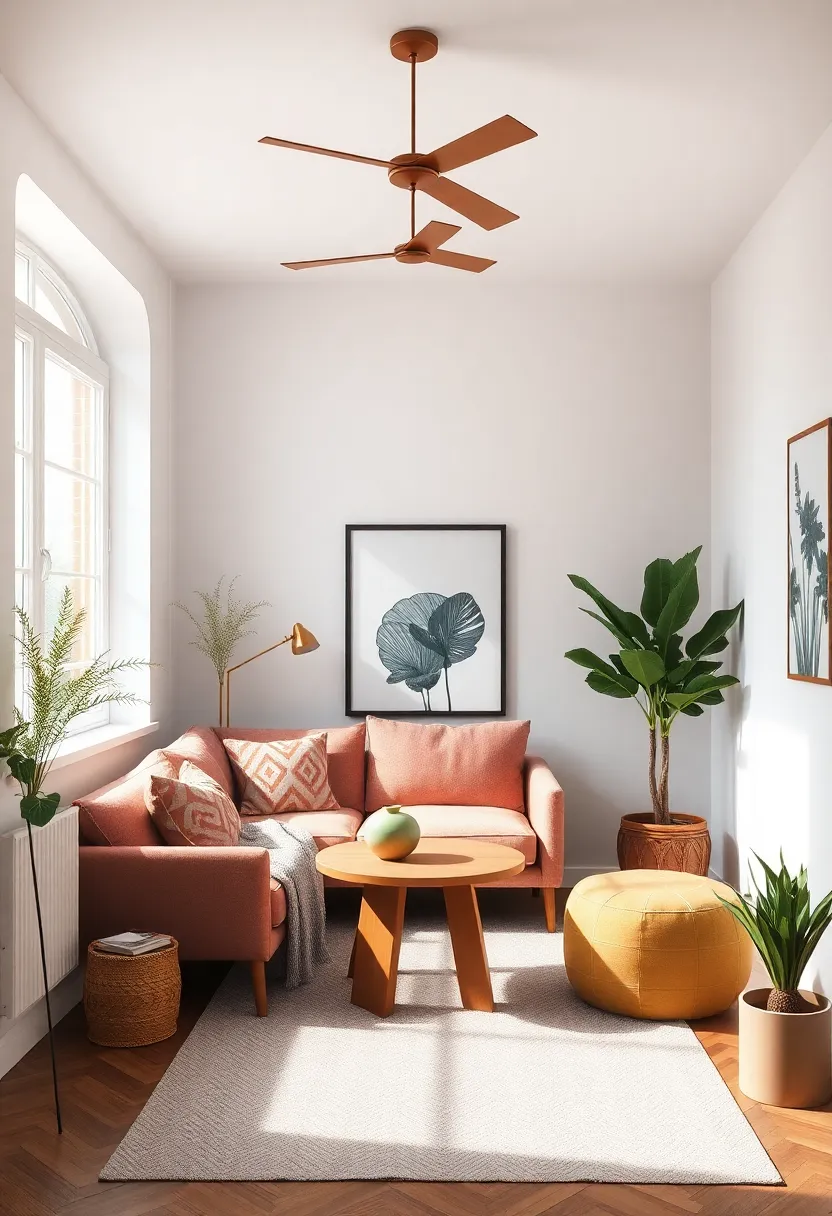
Incorporating aromatic elements into your eclectic room design can transform the ambiance, evoking memories and emotions that resonate with your personal style. Imagine stepping into a space that not only looks harmonious but also tantalizes your senses. Essential oils, scented candles, and incense sticks can be thoughtfully placed around the room, creating a symphony of fragrances that dance in the air. Here are some ideas to elevate your room’s scent profile:
- Essential Oil Diffusers: Use diffusers to disperse your favorite blends, selecting scents like lavender for tranquility or citrus for energy.
- Scented Candles: Choose candles that complement your décor,adding a cozy glow and inviting fragrances.
- Herbal Sachets: Place dried herbs in small fabric pouches to subtly infuse your drawers or closets with delightful aromas.
- Indoor Plants: Integrate plants like rosemary or mint that naturally release scents while enhancing the green palette of your room.
Creating an aromatic atmosphere can also be enhanced through the use of strategically placed scent stations. Consider establishing a fragrance “bar” that showcases various aromatic options, inviting guests to engage their senses. Below is a simple outline of suggested stations you could create:
| Station Type | Suggested Aromatics |
|---|---|
| Relaxation Zone | Lavender, Chamomile |
| Focus Station | Peppermint, Lemon |
| Social Spot | Cinnamon, Vanilla |
| Adventure Area | eucalyptus, Pine |
With the strategic use of fragrant elements, each corner of your eclectic space can tell a story, whispering secrets of comfort and inspiration through the power of scent. It’s not just about what you see; it’s also about what you feel as you breathe in the unique atmosphere created by your curated collection of aromas.
Artful DIY Projects: Transforming Ordinary into Extraordinary
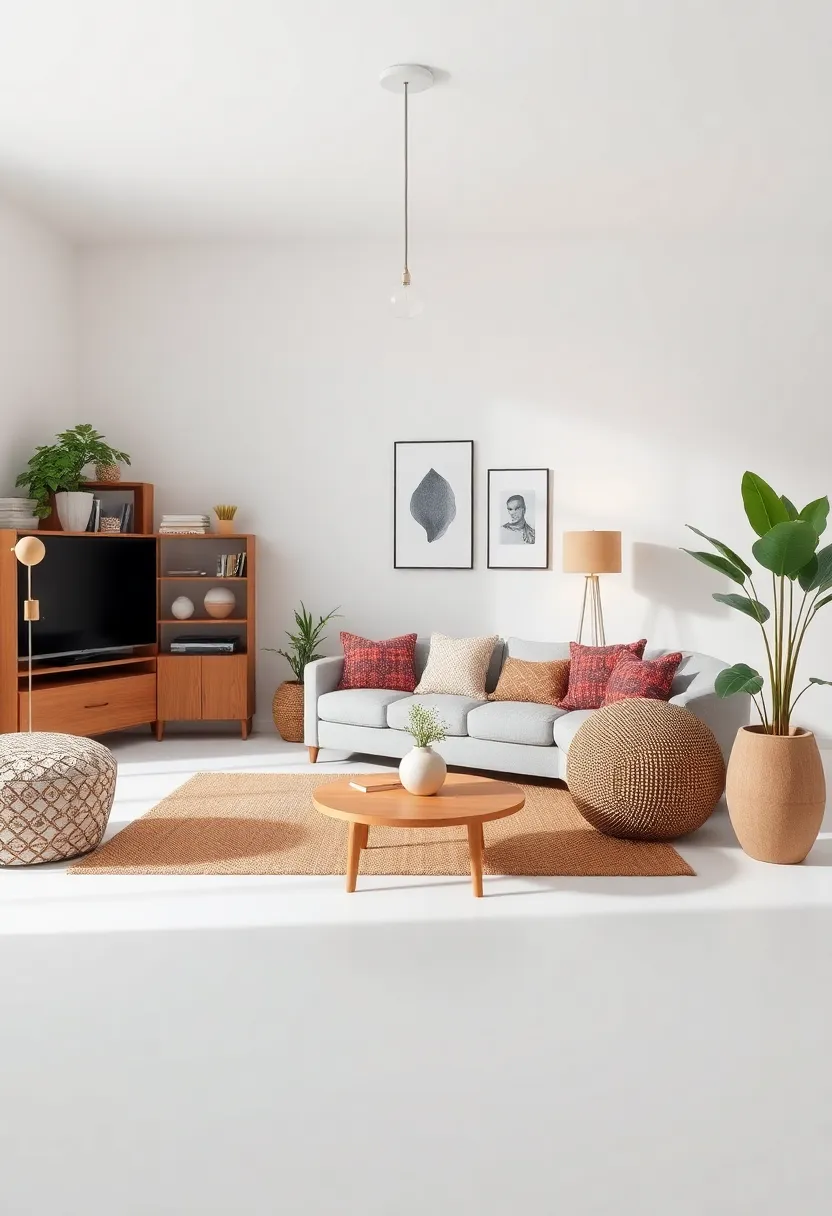
Breathing new life into your living space can be both fulfilling and inspiring. By harnessing your creativity, you can transform everyday items into remarkable decor that reflects your personal aesthetic. Start by incorporating elements like reclaimed wood, thrifted finds, or upcycled materials into your interior design. Here are some ideas to spark your imagination:
- Pallet Furniture: Create rustic tables, benches, or shelves using wooden pallets.
- Gallery Walls: Design an eclectic gallery wall with a mix of art prints, photos, and decorative mirrors.
- Textile Magic: Use vibrant fabrics for cushion covers, curtains, or even wall hangings to add color and texture.
- Light Fixtures: Repurpose old jars or bottles into unique lamp bases or hanging light fixtures.
The intersection of creativity and functionality provides endless opportunities for transforming your home.Consider using a color palette that resonates with your style to tie everything together, while adding personal touches that tell your story. As a notable example, you could create a personalized table that displays favorite books, or curate a dreamcatcher corner that showcases handmade crafts. Coordination between various design elements is essential, so think about these partnerships:
| design Element | Complementary Style |
|---|---|
| Vintage Furniture | modern Accessories |
| Bright textiles | Neutral Backdrops |
| Natural Elements | Industrial Pieces |
Vintage Finds: Unearthing Treasures for Timeless Eclecticism
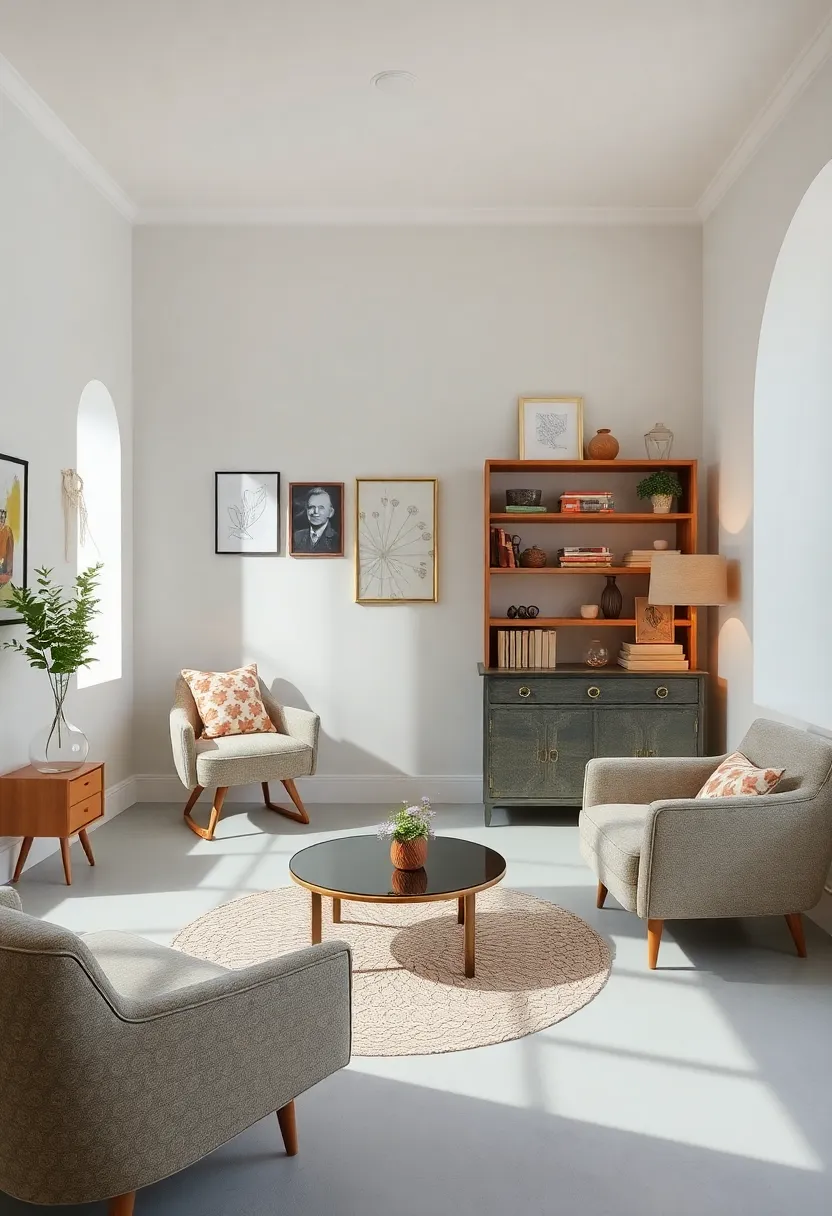
In your quest to create a delightful eclectic room, vintage finds serve as the foundation upon which your unique style is built. Each piece tells a story, whispering the history of its time while sparking your imagination. When selecting treasures, look for items that resonate with you personally.Popular categories to explore include:
- Furniture: A mid-century modern chair or a rustic wooden table can become a stunning focal point.
- Art: Vintage prints or abstract paintings from different eras can harmoniously coexist on your walls.
- Textiles: Unique rugs or throw pillows from various cultures add warmth and character to your space.
When you gather these vintage treasures, consider how they interact with contemporary elements to form a cohesive look. A vibrant 70s lamp may contrast beautifully with minimalist décor, creating an engaging visual narrative.it’s helpful to think critically about scale, texture, and color. Here’s a quick reference table to visualize effective combinations:
| Element | Vintage Style | Modern Counterpart |
|---|---|---|
| Chair | Antique Wingback | Contemporary Lounge Chair |
| Lighting | Victorian Chandelier | Industrial Pendant Light |
| Storage | Retro Trunk | Modern Floating Shelves |
Color Blocking: A Playful Approach to Space that Surprises
Infusing a bold color palette into your space can transform an ordinary room into a vibrant sanctuary of creativity. Color blocking allows you to play with different shades, creating an unexpected fusion that can energize and inspire. By strategically selecting blocks of contrasting colors, you draw attention to specific areas or elements within the room, whether it’s a feature wall, furniture pieces, or accent décor. Consider the following elements while embarking on your color blocking journey:
- Contrasting Shades: Pair complementary colors for a dynamic effect.
- Geometric Patterns: Use shapes to define and segment color areas.
- Texture Play: Combine different finishes to enhance visual interest.
The beauty of this approach lies in its versatility, making it suitable for various styles—from bohemian to modern minimalism. To ensure your color blocking efforts come across as intentional, make use of a structured layout. This can involve simple color coordination or more complex schemes that balance boldness with harmony. A well-executed color block can not only captivate the eye but also evoke emotions, stirring joy and comfort. Below is a simple guide to choose effective color combinations:
| Color Pair | Vibe |
|---|---|
| Teal & Coral | Fresh & Inviting |
| Mustard & Navy | Sophisticated & Warm |
| Lavender & Olive | Calm & Earthy |
Mood Boards that Inspire: Visualizing Your Dream Eclectic Room
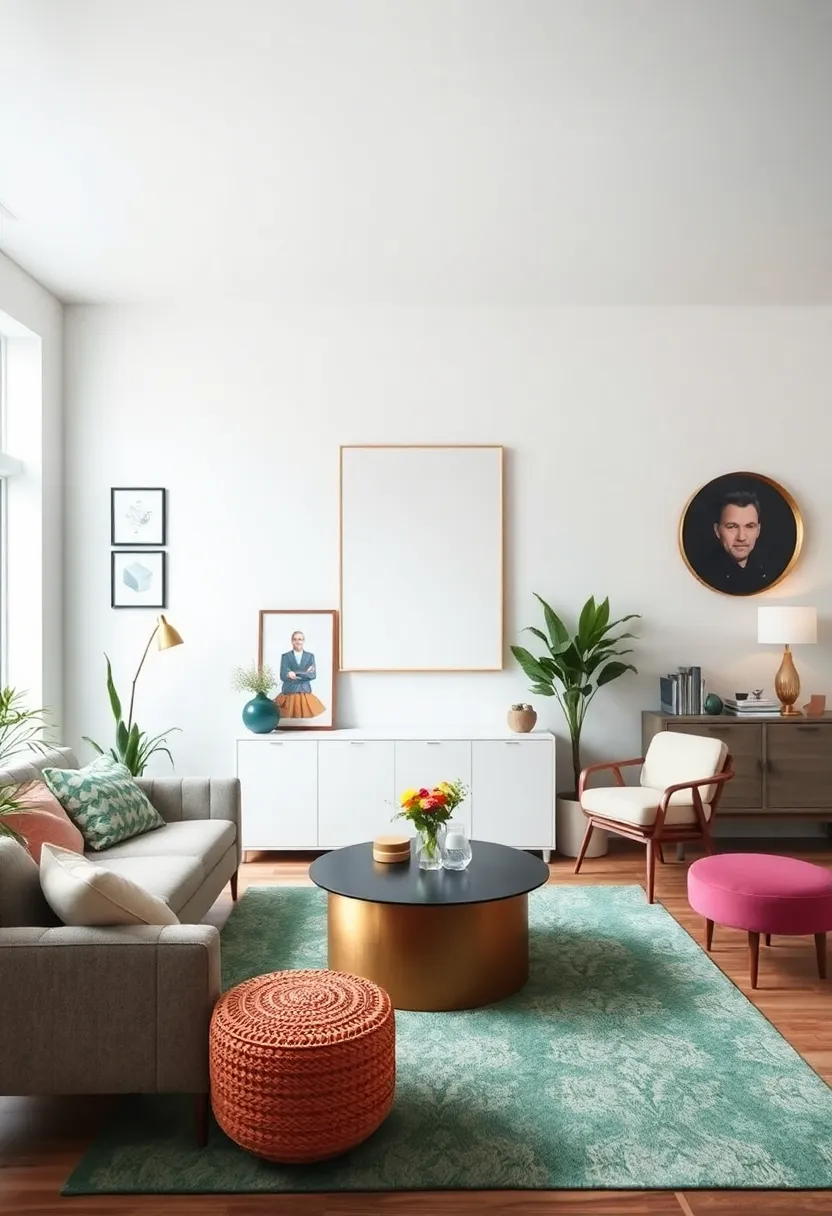
Creating a mood board can be one of the moast exciting aspects of designing an eclectic room, serving as a visual playground where inspiration comes to life. Start by gathering pieces that resonate with your tastes,whether it’s from color swatches,fabric samples,or images of furniture. Use a corkboard or a digital platform to arrange your ideas, focusing on:
- Textures: Combine soft fabrics with hard surfaces.
- Colors: Choose a palette that contrasts interestingly.
- Styles: Incorporate vintage, modern, and bohemian elements.
Inspiration can come from anywhere, whether it’s a piece of art or a favorite travel destination. Embrace the diverse aesthetics you wish to combine. As you craft your board, keep an eye on how the elements work together—this unity will guide your design choices.Consider using a simple table to jot down potential features of your dream space to visualize harmonious balance:
| Element | Description |
|---|---|
| Furniture | A mix of antique and contemporary pieces. |
| Artwork | A gallery wall of varying styles. |
| Lighting | Mismatched lamps and statement fixtures. |
Incorporating Sustainable Materials for Eco-Friendly Design
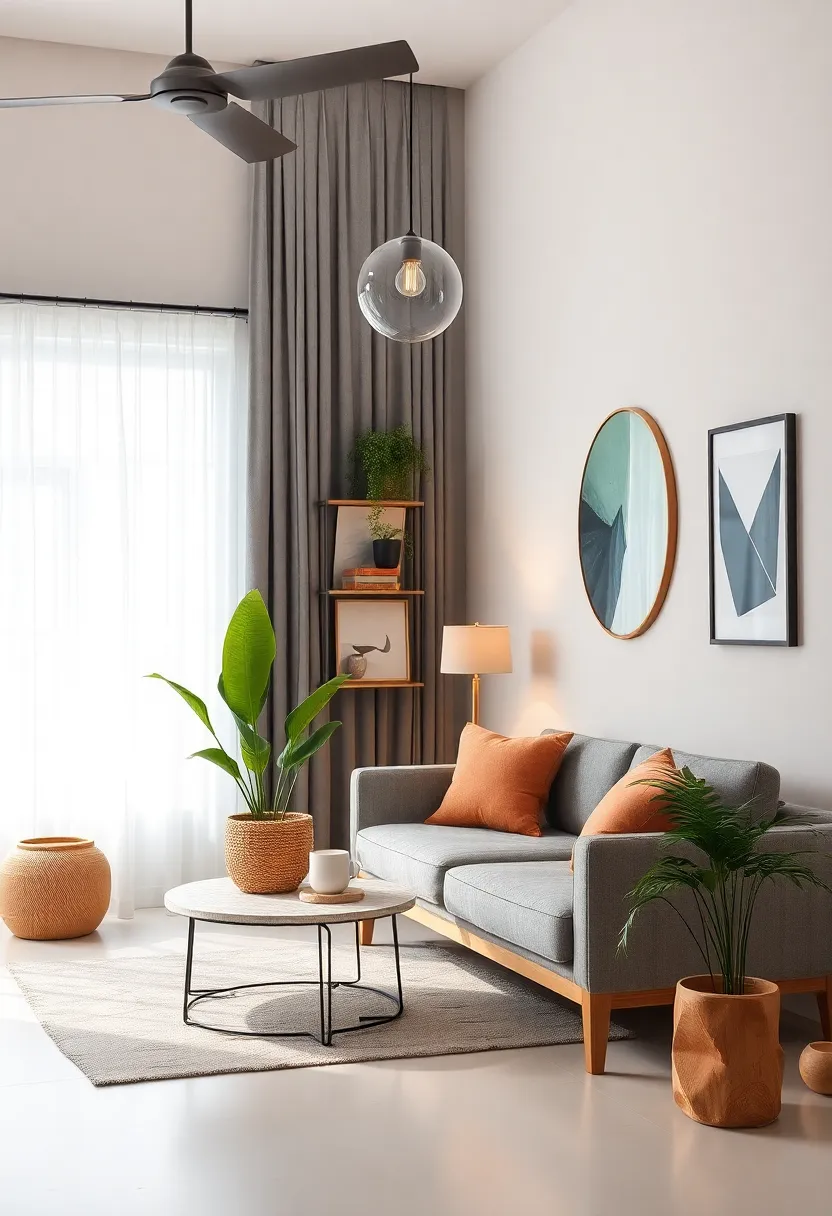
Integrating sustainable materials into your room design not only enhances its aesthetic appeal but also promotes a healthier planet. Consider utilizing reclaimed wood, which adds a rustic charm while reducing deforestation, or opt for bamboo, known for its rapid growth and renewable nature. Other materials to explore include:
- Recycled metal for industrial accents
- Organic textiles, such as cotton or linen, for upholstery
- Low-VOC paints to ensure better air quality
Moreover, integrating these materials can led to unique design statements that reflect your style. A striking example of this approach is a coffee table made from repurposed barrels, which can serve as a conversation starter while staying eco-conscious. To give you a clearer vision, here is a simple table outlining various sustainable materials and their benefits:
| Material | Benefits |
|---|---|
| Reclaimed Wood | Durable, unique textures, eco-friendly |
| Bamboo | Fast growth, strong, renewable |
| Recycled Metal | Durable, modern look, low impact |
| Organic Textiles | Soft, breathable, chemical-free |
The Role of Mirrors: Enhancing Space and Light With Style
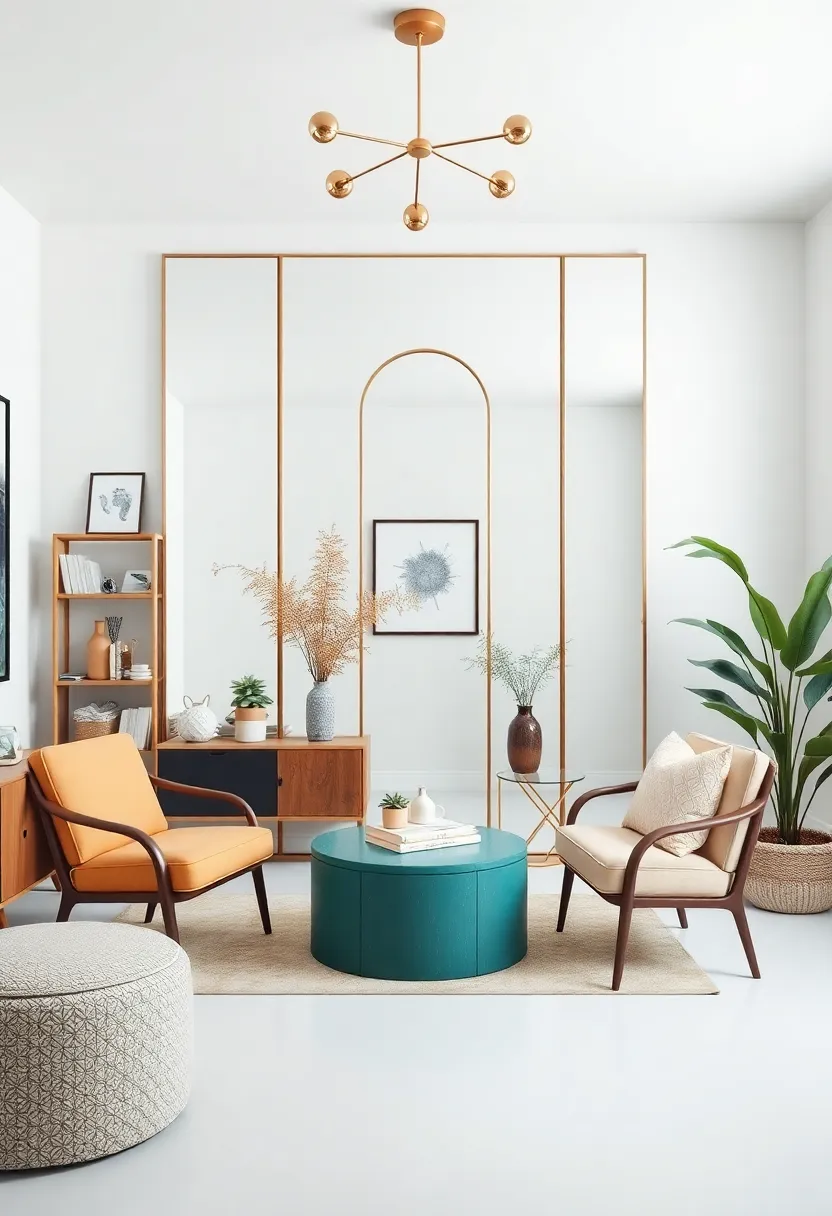
Mirrors have the remarkable ability to transform any room, magnifying not just the space but also the ambiance. When strategically placed, they can reflect light, making dark corners suddenly feel bright and inviting. Utilizing mirrors in your eclectic design can create a sense of continuity and flow, drawing the eye throughout the room. Consider these stylish ways to incorporate mirrors into your space:
- Floor-to-ceiling mirrors to create an illusion of height.
- Framed eclectic pieces that complement your unique decor.
- Mirrored furniture, like tables or cabinets, to add depth.
- clustered arrangements of smaller mirrors to create artful displays.
Beyond aesthetics, mirrors can serve as functional art. they have the potential to break up solid walls or serve as focal points that draw attention. the reflective surfaces can enhance natural light, blurring the lines between the indoors and outdoors. When choosing mirrors, focus on shapes and frames that resonate with your personal style—think ornate vintage frames or sleek modern designs. Below is a simple guide to selecting the right mirror for your eclectic room:
| Mirror Type | Style Impact | Best For |
|---|---|---|
| Round Mirrors | Softens angles, adds interest | Contemporary/Bohemian Spaces |
| Rectangular Mirrors | Creates a streamlined look | Modern/Vintage Designs |
| Asymmetrical Mirrors | Provides artistic flair | Eclectic/Formal Settings |
Personal Artistry: Showcasing Your Creative Works in the Space
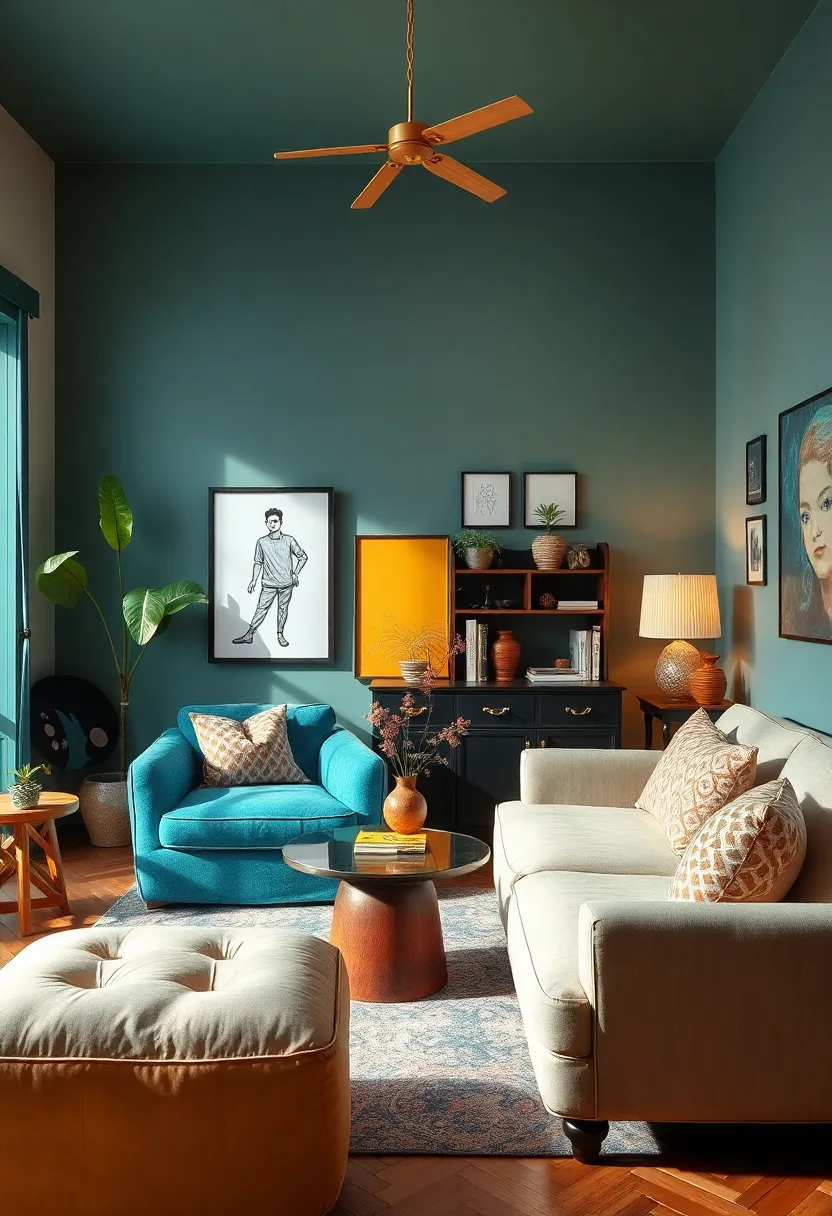
Your creative works deserve to shine in a carefully curated space, where every piece tells a story and contributes to the overall ambiance. Consider incorporating a variety of personal art forms, from painting to sculpture, in ways that resonate with your unique aesthetic. Here are some ideas to display your artistic flair:
- Gallery Wall: Dedicate a section of your room to create a stunning gallery wall, showcasing various works in a cohesive theme.
- Understated Pedestals: Use simple pedestals to elevate smaller sculptures or three-dimensional pieces, drawing the eye and enhancing their presence.
- Functional Art: Choose furniture or decor items that are not only practical but also serve as pieces of art, embracing both functionality and creativity.
Moreover, the right lighting can elevate your displays, accentuating the textures and colors of your art. Consider incorporating different sources of illumination such as:
| Lighting Type | Effect |
|---|---|
| Spotlights | Highlight specific pieces, creating focal points. |
| Ambient Lighting | Set a warm and inviting atmosphere throughout the room. |
| String Lights | Add whimsy and character, perfect for eclectic vibes. |
By thoughtfully integrating your artistic creations into your interior design, you invite a sense of personal expression that transforms your space into a canvas that reflects who you truly are. Each design choice, from the colors to the materials, provides an prospect to communicate your style while celebrating the beauty of art in everyday life.
Eclectic Themes: Uniting Diverse Styles for harmony in Design
Embracing an eclectic style allows you to blend various influences, creating an interior that resonates with your personality.With the ability to mix colors, textures, and shapes, an eclectic room can reflect a multitude of inspirations, from vintage to contemporary. to achieve a harmonious design, consider incorporating elements such as:
- Vibrant colors that draw attention and evoke emotions.
- Unique textures, like combining plush fabrics with sleek metals.
- Diverse furniture pieces, ranging from antique finds to modern designs.
- Art and decor that tell your story and enhance the room’s character.
When curating your eclectic space,aim for balance amidst the diversity. Use focal points to anchor the design, such as a striking artwork or an oversized piece of furniture. Additionally, consider establishing a consistent theme or color palette to guide your selections. Below is a simple checklist to keep in mind:
| Element | Purpose |
|---|---|
| Color palette | Creates unity and flow. |
| Mix of Eras | Adds interest and personality. |
| layered Textures | Enhances depth and warmth. |
| Statement Pieces | Serves as conversation starters. |
Embracing Whimsy: Adding Playful Elements to Elevate Decor
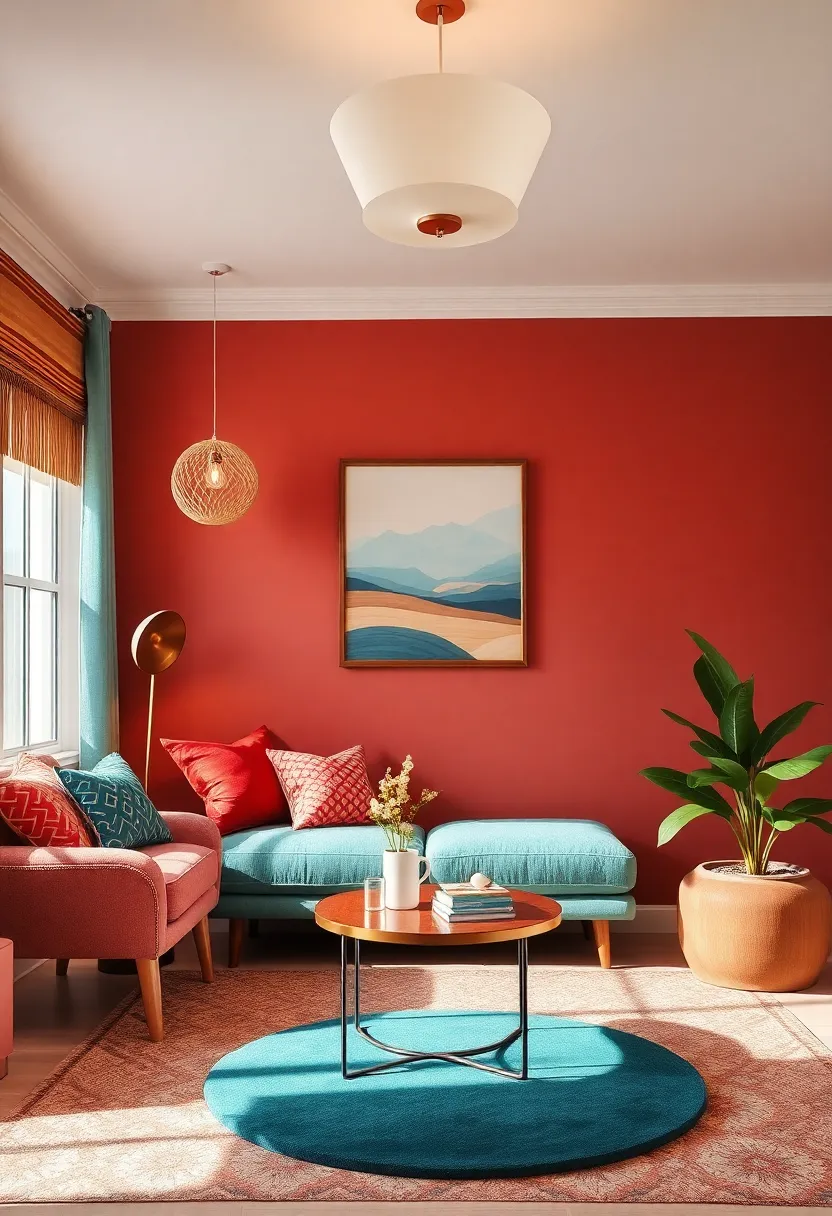
Injecting a sense of whimsy into your decor can transform the ordinary into the extraordinary. Think about playful design elements that spark joy and ignite creativity. Incorporate quirky artwork, such as a canvas splashed with vibrant colors or a framed print featuring whimsical animals, to make a statement.You can also adorn your walls with eccentric mirrors shaped like clouds or flowers that not only serve a functional purpose but also invite smiles. Consider using furniture with character,such as a bright yellow chair shaped like a flower or a bookshelf with mismatched,colorful shelves,to bring a sense of cheerfulness to the room.
Accessories play a crucial role in infusing playfulness into your space. Look for items that narrate a story or evoke childhood nostalgia, such as a vintage toy collection displayed in a glass case or a whimsical table lamp designed to resemble a hot air balloon. You might also want to introduce textiles with playful patterns, such as polka dots or funky geometrics, in throw pillows or area rugs to create a sense of movement. Here’s a quick idea list to guide your selections:
- Bold Color Palettes: Use unexpected combinations to create vibrancy.
- Eclectic Mix of Patterns: Combine florals with stripes or checks.
- Functional Art Pieces: Opt for furniture that’s as lovely as it is useful.
- Surprising Decor Items: Think outside the box with unique sculptures and wall art.
Creating Cozy Corners: Inviting Spaces for Relaxation and Reflection
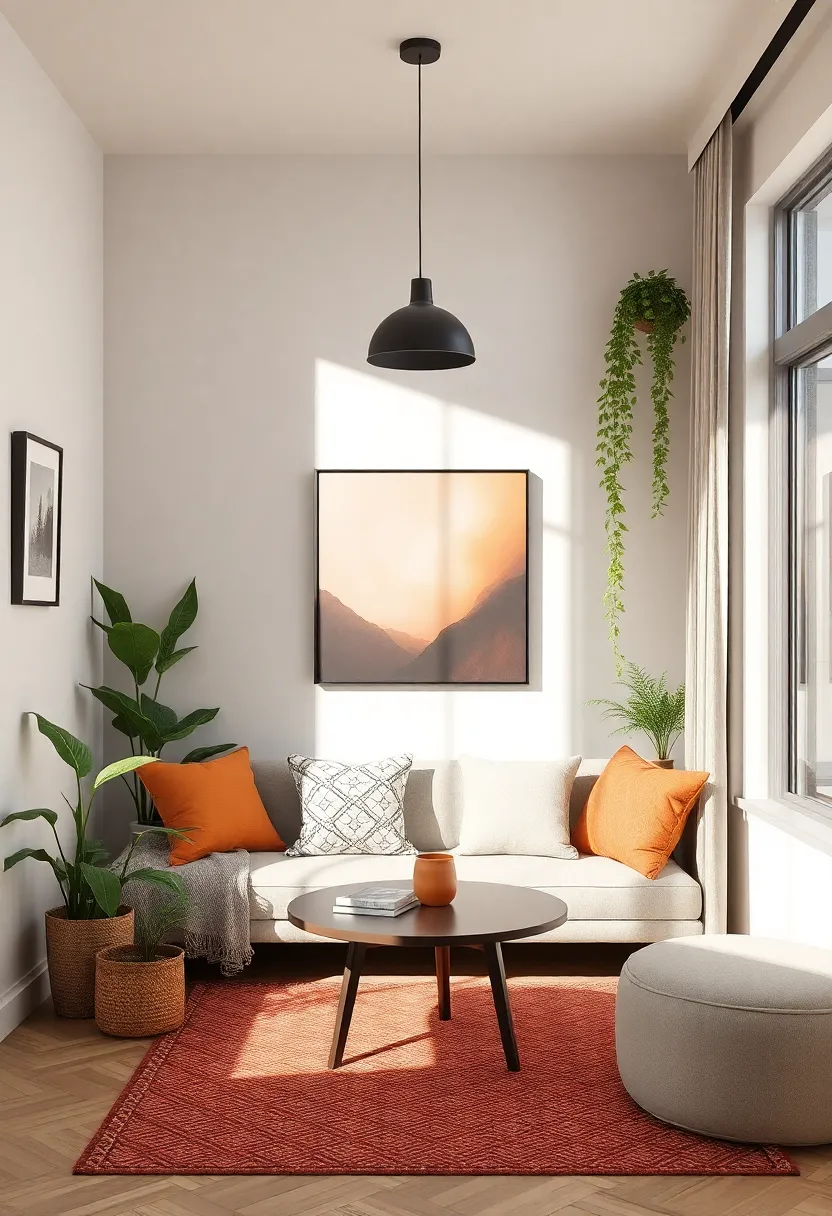
to transform a regular room into a cozy corner, begin by selecting a dedicated nook that naturally attracts you. Consider spaces like a bay window, a quite corner of your living room, or even a tucked-away area in your bedroom. Use soft textiles and layered textures to create visual warmth. Incorporate elements such as:
- Pillows and Throws: Mix and match patterns and colors for a personal touch.
- Cozy Seating: A plush armchair or a hammock chair can invite relaxation.
- Lighting: Use fairy lights, lamps, or candles to create a warm, inviting glow.
After establishing the physical components, enhance the ambiance with personal touches.Surround yourself with items that spark joy or promote reflection, like books, artwork, or cherished mementos. A thoughtfully curated arrangement encourages a sense of peace and introspection. Consider creating a small table for beverages or journals, making the space more functional. A simple layout could look like this:
| Element | Purpose |
|---|---|
| Pillows | Add comfort |
| Lighting | Create ambiance |
| Personal Items | Encourage reflection |
| Drinks Table | Enhance functionality |
Textures that Tell Stories: Exploring Surfaces in Eclectic Design
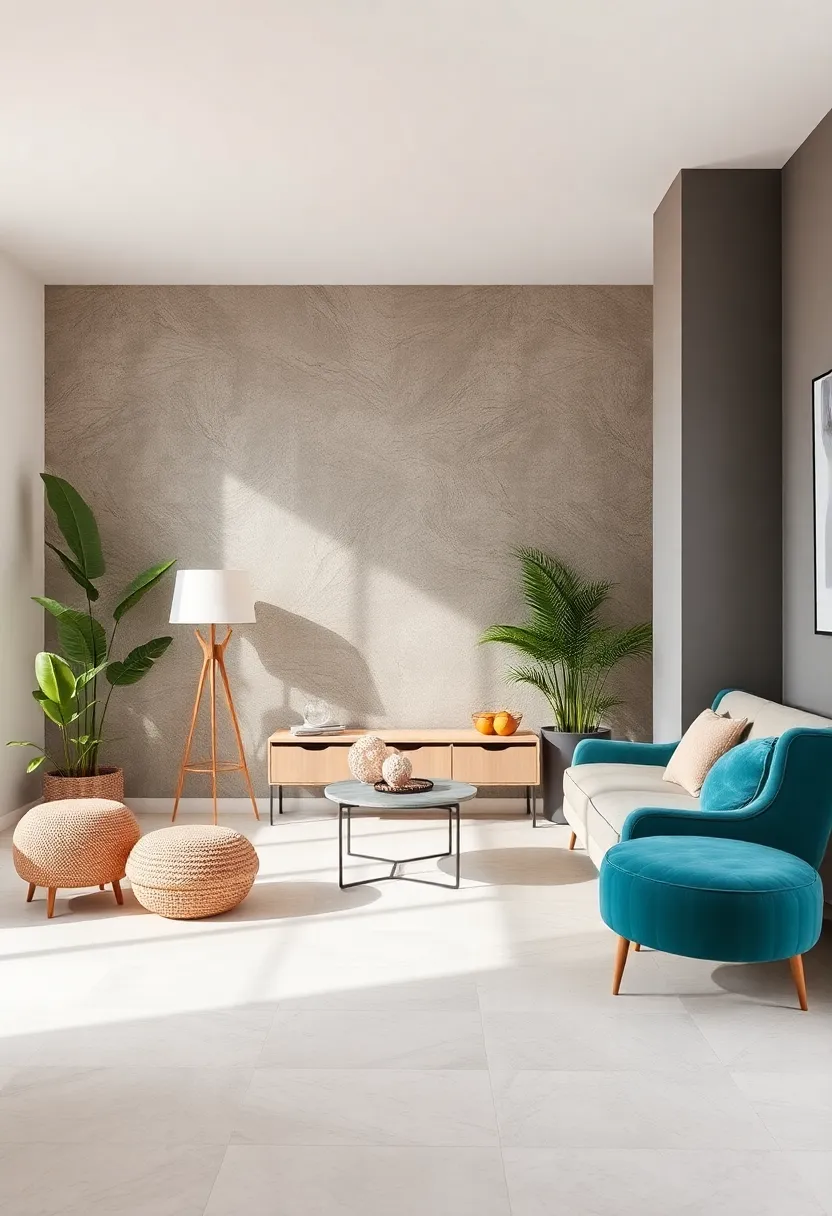
In the realm of eclectic design,surfaces serve as a canvas for storytelling,each texture inviting touch and igniting the imagination. From the roughened edges of reclaimed wood to the sleek polish of glass, the interplay of different materials creates a multifaceted narrative within a space.Layering these surfaces can transform a room into an engaging sensory experience, where every piece has a voice. Consider incorporating:
- Vintage Fabrics: Upholstered chairs with velvety textures can evoke nostalgia, while colorful tapestries bring cultural depth.
- Natural Elements: Stone surfaces or woven baskets introduce an organic feel, connecting the indoors with the outside world.
- Modern Finishes: Metallic accents or high-gloss paint provide contrast and add a contemporary flair.
Each texture can influence the mood and energy of a room, where smooth, reflective surfaces can create a sense of calm and openness, while rugged, tactile materials can foster warmth and intimacy. When curated thoughtfully, these textures collaborate to tell a unique story—a narrative of style that reflects personal history and individual tastes. Utilize a combination of:
| Surface Type | Emotional Impact |
| Wood | Warmth, Tradition |
| Metal | Modernity, Strength |
| Fabric | Comfort, Luxury |
| Ceramics | Artistry, Whimsy |
Blending Eras: Harmonizing Classic Styles with Contemporary Flair
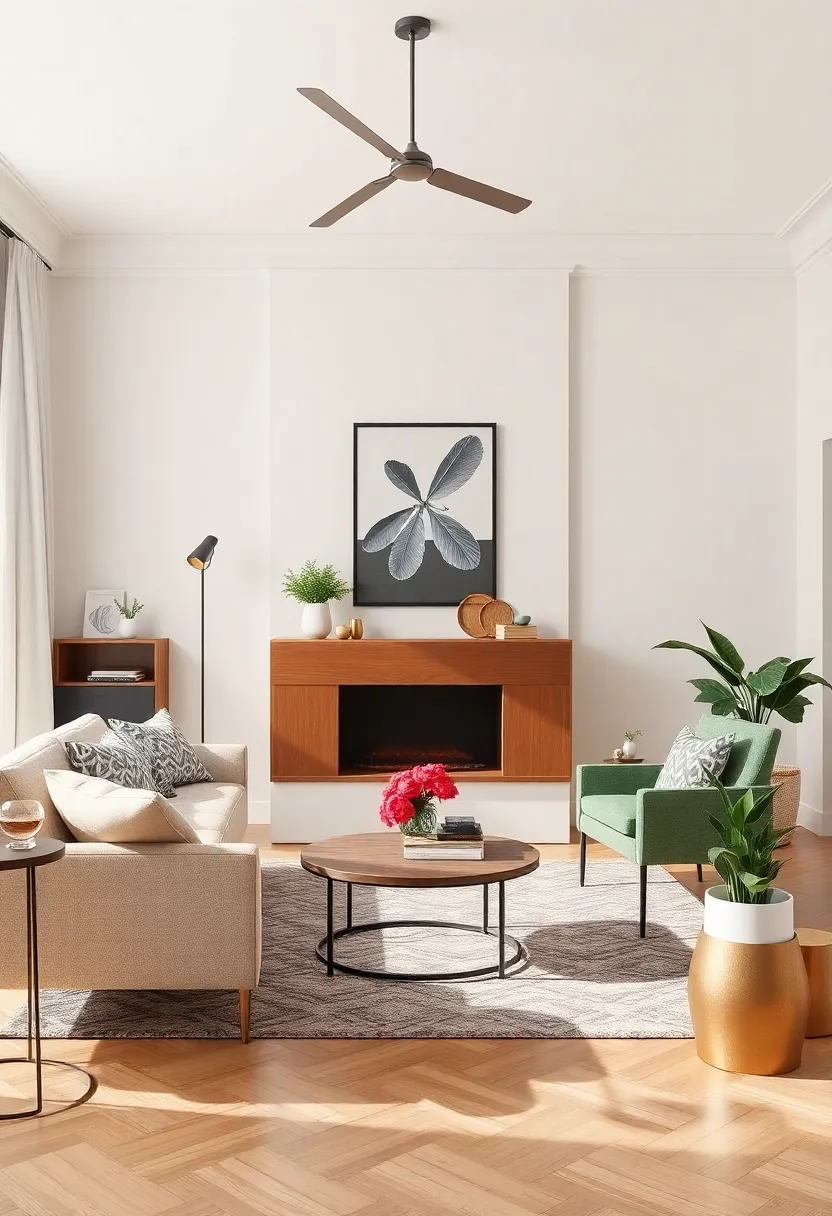
In the realm of interior design,the beauty of blending eras manifests as a canvas where the past and present coexist in a harmonious dialogue. Crisp, modern lines can play beautifully against antique furniture pieces, creating a dynamic contrast that invites conversation and admiration. Consider incorporating mid-century chairs alongside a vintage wooden table, allowing the textures and finishes to interact. This kind of eclectic layering transforms any room into a showcase of personal history and style, inviting guests to explore the stories behind each piece.
Utilizing bold color palettes and creative accents can elevate the fusion of classic and contemporary further. Introducing wall art that mirrors modern aesthetics, such as geometric shapes or abstract designs, can breathe new life into customary frameworks. incorporate unique accessories,like brass sculptures or bright-patterned cushions,to add thrilling touches amidst a backdrop of historical elegance. Below is a simple table illustrating key elements you might consider when crafting an eclectic space:
| element | Style Influence |
|---|---|
| Antique Furniture | Classic Charm |
| Modern Art | Contemporary Edge |
| Colorful Accessories | Vibrant Flair |
Harnessing Lighting Techniques to Transform Eclectic Interiors
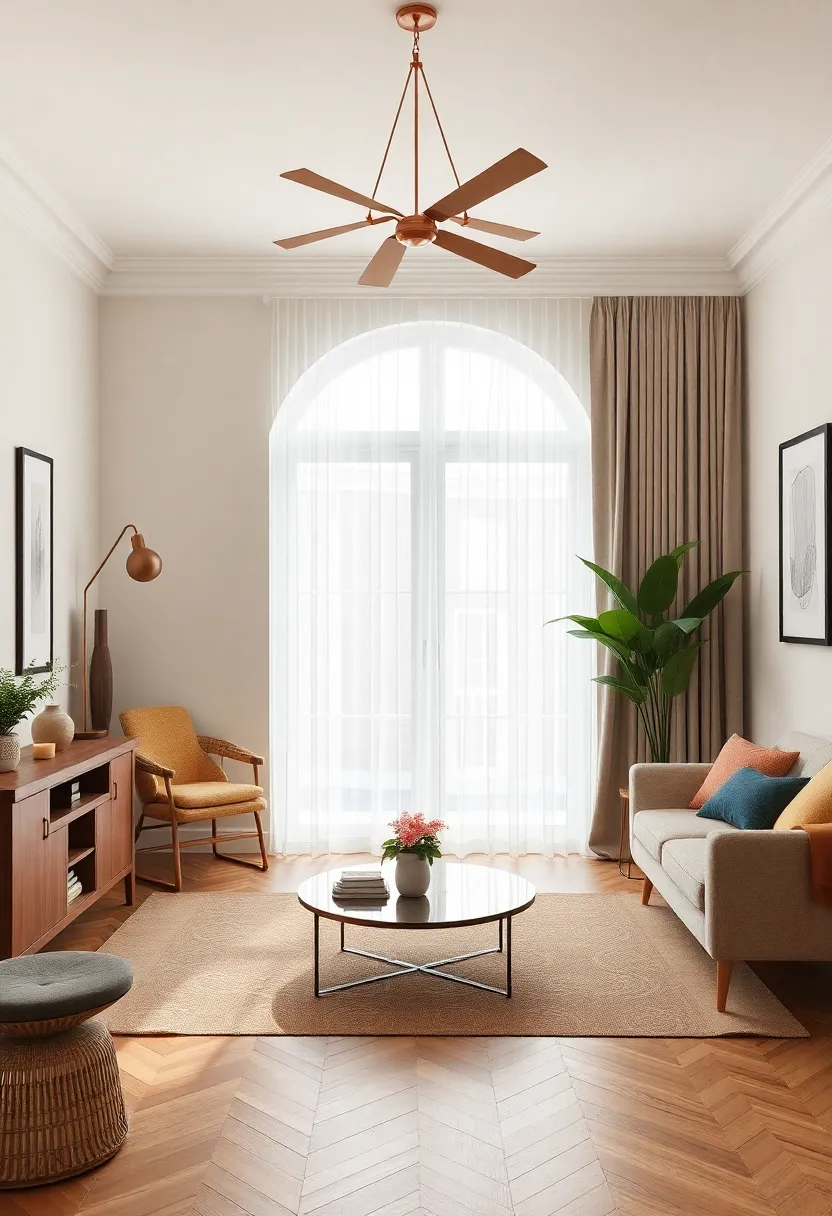
Lighting acts as the invisible thread that weaves together the diverse elements of an eclectic space. It sets the mood, highlights unique design features, and enhances the overall aesthetic. To transform your interiors effectively, consider employing a mix of ambient, task, and accent lighting. This triad not only provides functionality but also introduces layers to your spaces, captivating the eye. Here are some key techniques to experiment with:
- Statement Fixtures: Opt for bold chandeliers or pendant lights that serve as focal points.
- warm Bulbs: Choose soft,warm white bulbs to create a cozy atmosphere.
- Dimmer Switches: Install dimmers to easily adjust light intensity according to your mood or occasion.
- Layered Lighting: Combine floor lamps, wall sconces, and table lamps to add depth.
| Lighting Type | Purpose | Best Placement |
|---|---|---|
| Ambient Lighting | General illumination | Ceiling fixtures, sconces |
| Task Lighting | Focused lighting for activities | Desks, reading nooks |
| Accent Lighting | Highlight artwork or architectural features | spotlights, picture lights |
When blending different lighting elements, think of textures and materials that complement your interiors. Incorporating natural light through large windows or mirrors can also help unify the eclectic pieces, reflecting the character of your space. Don’t shy away from colored or patterned shades, as they can add playful touches and unexpected surprises. Above all, the goal is to create a harmonious balance where various styles coexist, enhancing your unique style while celebrating the art of eclectic design.
Curating Functional Spaces: Design That Balances Beauty and Utility
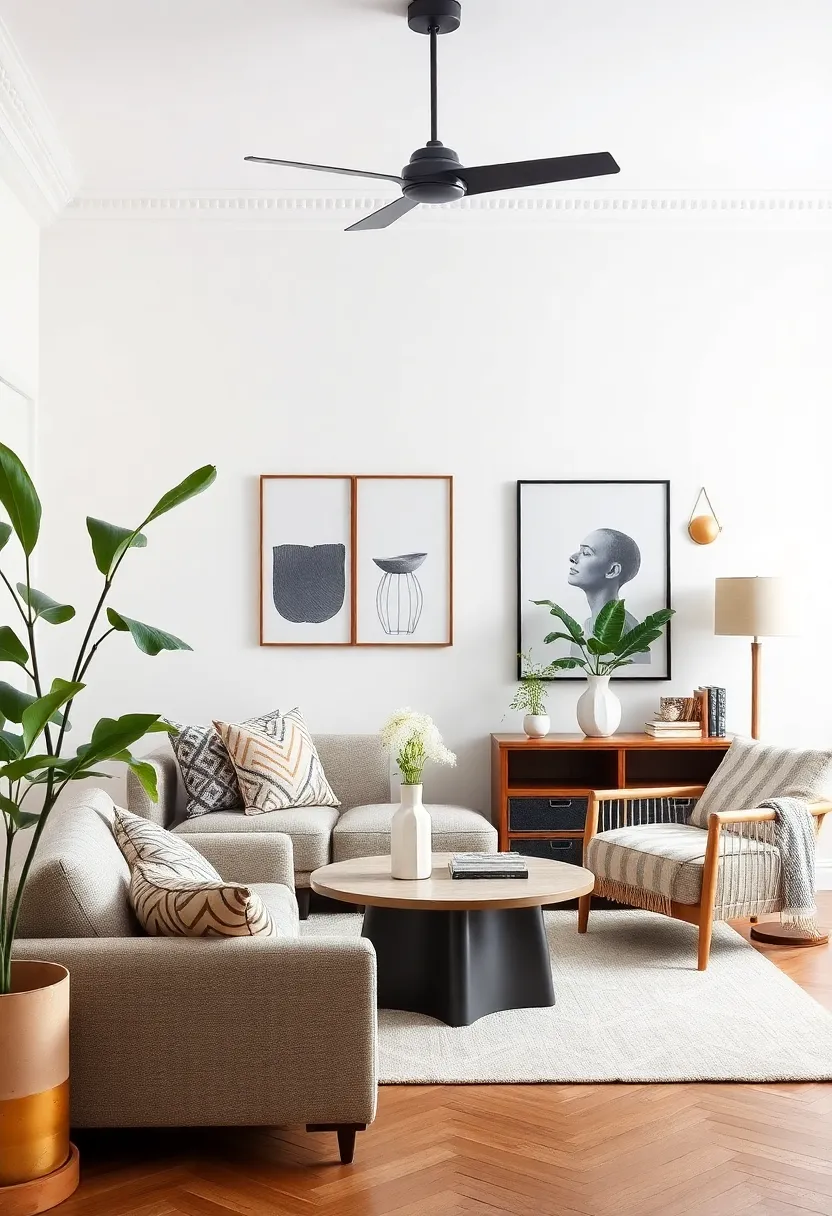
Designing functional spaces that harmoniously blend beauty and utility invites endless creative possibilities. To achieve this balance, consider the following strategies:
- Embrace multi-functionality: Furniture pieces such as ottomans with storage or convertible sofas can maximize space while enhancing aesthetic appeal.
- Incorporate Natural Elements: use materials like wood, stone, and plants to create a warm and inviting atmosphere, bridging the gap between nature and modern design.
- Color Psychology: Select colors that evoke the desired mood, ensuring that beauty contributes to the overall functionality, like calming blues in a reading nook.
Efficient layout and thoughtful association can considerably elevate an eclectic room design. Implementing these tips can lead to the creation of spaces that are as inspiring as they are practical:
| Design Element | Purpose |
|---|---|
| Open Shelving | Showcase decor and keep necessary items accessible. |
| Statement Lighting | Enhance visual interest and provide adequate illumination. |
| Textured Fabrics | Add depth and comfort to seating areas. |
In Retrospect
In the world of interior design, eclectic room styles offer a refreshing departure from the mundane, inviting you to express your individuality through creativity and flair. Embracing varied textures, colors, and patterns, an eclectic approach transforms any space into a vibrant reflection of your personal journey.Whether you’re mixing vintage finds with modern pieces or layering art from different cultures, the essence of eclecticism lies in the joy of experimentation.
As you embark on your own design adventure, remember that there are no rigid rules—only the freedom to explore and curate a space that tells your story. So let your imagination run wild, draw inspiration from the unexpected, and create interiors that resonate with authenticity. After all, your home is more than just a place; it’s a canvas waiting for your unique brushstrokes. Happy designing!
